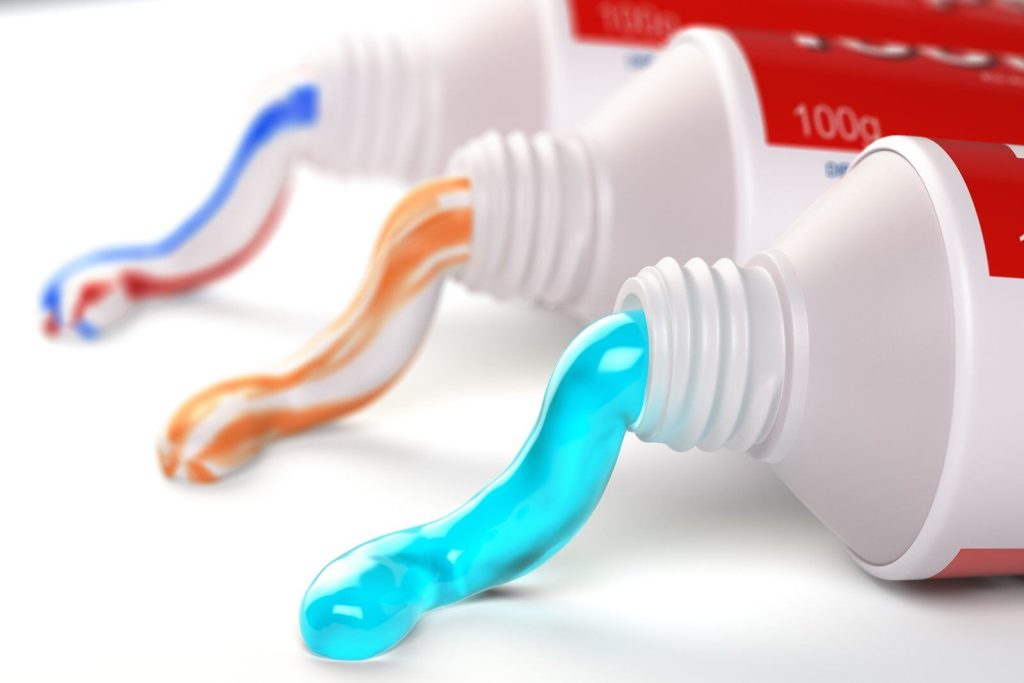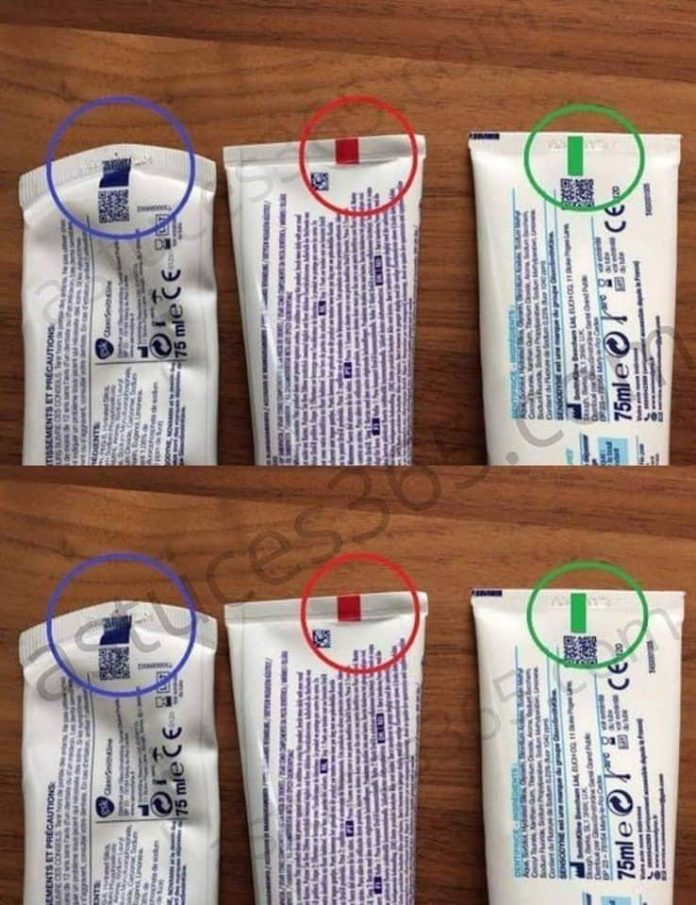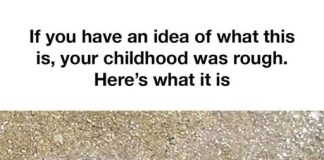Toothpaste plays a crucial role in maintaining oral health, preventing tooth decay, protecting against cavities, and keeping your breath fresh. With so many brands and varieties on the market, you may have noticed colored stripes on toothpaste tubes. These stripes often spark curiosity, leading many to wonder if they hold specific meanings about the product’s composition. Here’s a detailed explanation of what these colored stripes might signify and how they can help you choose the right toothpaste for your needs.
The Purpose of Toothpaste Stripes
The colored stripes on toothpaste tubes are commonly believed to indicate the ingredients or purpose of the product. While the exact interpretation may vary depending on the manufacturer, these colors can generally guide consumers toward selecting toothpaste that aligns with their preferences—whether they prioritize natural ingredients, medicinal benefits, or whitening properties.
Let’s break down the common stripe colors:
1. Red Line
What it signifies:
A red stripe on a toothpaste tube typically suggests that the toothpaste contains a combination of natural and synthetic ingredients.

What it means for you:
- This toothpaste strikes a balance between natural components and artificial chemicals.
While it offers effective cleaning and oral care, the inclusion of synthetic chemicals may - be a concern for those who prefer all-natural products.
- If you’re mindful of minimizing exposure to artificial additives, you might want to limit the use of red-striped toothpaste in your routine.
2. Green Line
What it signifies:
A green stripe usually indicates that the toothpaste is made from 100% natural ingredients.
What it means for you:
- Toothpaste with a green stripe is free from artificial chemicals, medications, and harsh whitening agents.
- This option is ideal for those who prefer eco-friendly, organic, or chemical-free oral care products.
- It’s particularly suitable for individuals with sensitive gums or those aiming to adopt a more natural lifestyle.
3. Blue Line
What it signifies:
A blue stripe indicates that the toothpaste contains a blend of natural ingredients and medicinal components.
What it means for you:
- Blue-striped toothpaste often includes added benefits such as whitening agents, fluoride, or pain-relieving properties.
- It is a good choice for individuals who want additional benefits beyond basic oral hygiene, such as stain removal or sensitivity relief.
- This type of toothpaste is versatile, combining natural ingredients with targeted dental care solutions.
4. Black Line
What it signifies:
A black stripe on toothpaste is an indicator that the product is made entirely of artificial chemicals.
What it means for you:
- Black-striped toothpaste typically contains synthetic compounds, including detergents, artificial flavorings, and potentially harsh cleaning agents.
- While effective for cleaning, the presence of only artificial ingredients might make it less appealing for daily use, especially if you prefer gentle, natural formulations.
- Over time, the use of harsh chemicals may contribute to enamel wear or irritation for sensitive gums.
How to Choose the Right Toothpaste for You
When selecting toothpaste, understanding these stripe colors can help you align your choice with your personal oral care goals and preferences. Here are some factors to consider:

For Natural Oral Care
Opt for toothpaste with a green stripe if you value organic, chemical-free ingredients that are gentle on your teeth and gums.
For Whitening or Medicinal Benefits
Choose blue-striped toothpaste for added benefits such as whitening, sensitivity relief, or fluoride protection.
For Balanced Oral Care
If you’re comfortable with a mix of natural and synthetic components, red-striped toothpaste offers a balanced solution.
For Occasional Use
Black-striped toothpaste may be useful for targeted cleaning or whitening but is best avoided for daily use due to its entirely artificial composition.
Additional Tips for Oral Care
- Read the Ingredients List: While the stripes provide a general idea, always check the detailed ingredient list for a clearer understanding of what’s in your toothpaste.
- Consult a Dentist: If you’re unsure about the best toothpaste for your needs, consult your dentist for recommendations based on your oral health.
- Prioritize Fluoride: For cavity prevention, look for toothpaste that contains fluoride, a proven ingredient for strengthening enamel.
Myth or Fact: Are These Stripes Regulated?
It’s important to note that the colored stripes are not universally standardized or regulated to convey ingredient composition. Some manufacturers include these stripes purely for packaging and manufacturing purposes, while others may use them as a marketing tool. Therefore, while the colors can serve as a helpful guide, they should not replace a careful review of the ingredients.
The Bottom Line
The color-coded stripes on toothpaste tubes can offer a quick and convenient way to assess the product’s composition. From natural to synthetic ingredients, these visual cues can help you make informed choices about your oral care routine. Whether you’re looking for a chemical-free option, whitening benefits, or a balance of both, understanding what each stripe signifies allows you to prioritize your health and personal preferences effectively.
Next time you pick up a toothpaste tube, pay attention to the color stripe and use this guide to choose the perfect product for your smile!

















